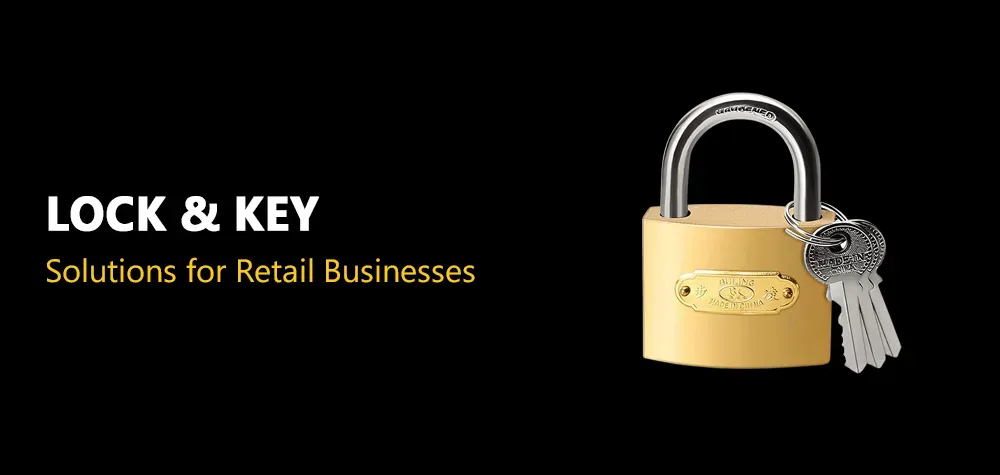How to Remove a Broken Key from a Lock Without Damage
Few things are more frustrating than inserting your key into a lock, turning it as usual, and suddenly feeling it snap. A broken key in a lock can instantly turn a routine task into a stressful situation. Whether it's your home, car, or office, the inability to access your property can disrupt your day and leave you scrambling for a solution.
But before you start panicking or consider replacing the lock entirely, take a deep breath. There are several effective ways to remove a broken key from a lock without causing damage. This guide will walk you through the process, helping you understand why keys break, how to remove them safely, and what steps you can take to prevent this from happening in the future.
How to Fix a Stiff or Hard-to-Turn Lock
Why Do Keys Break in Locks?
A key breaking inside a lock is usually the result of a combination of wear and tear, force, or an issue with the lock itself. Here are some common reasons why keys snap:
1. Metal Fatigue and Weakness
Keys undergo stress over time. Daily use, exposure to moisture, and bending can weaken the metal, making it prone to breaking when inserted or turned in a lock.
2. Misalignment of the Lock and Key
If a lock is old, rusty, or poorly maintained, the internal components may become misaligned. This forces the key to work harder than it should, increasing the likelihood of snapping.
3. Using Excessive Force
Sometimes, in frustration, people turn the key too hard when it isn’t turning smoothly. Applying extra force can cause a weak or old key to break instantly.
4. Cold Weather Conditions
In freezing temperatures, metal contracts, making both keys and locks more fragile. If your key was already worn down, cold weather might push it to its breaking point.
5. Debris or Dirt in the Lock
Over time, locks accumulate dust, dirt, and small debris. If these particles build up inside the lock, they can create resistance, making it harder for the key to turn properly and increasing the risk of breakage.
Step-by-Step Solutions to Remove a Broken Key Safely
Now that we understand why keys break, let's focus on how to remove a broken key without damaging the lock.
1. Assess the Situation First
Before attempting any removal, check how much of the key is visible outside the lock. If a significant portion is sticking out, your job will be much easier. If the key is deep inside, you’ll need to use more precise techniques.
2. Try Tweezers or Needle-Nose Pliers
If part of the broken key is visible, use a pair of fine-tipped tweezers or needle-nose pliers to grip and gently pull it out. However, be cautious—if your tweezers are too thick, they may push the key further into the lock, making extraction more difficult.
3. Use a Broken Key Extractor Tool
Professional locksmiths use a broken key extractor, a thin tool designed to slide into the lock and hook onto the broken key's teeth. If you have one, carefully insert it along the groove of the key and pull it out slowly.
4. Apply Lubrication
If the key is stuck, applying a lubricant like WD-40 or graphite powder can help loosen it. Spray a small amount into the lock and wait a minute before attempting to remove the key again.
5. The Tapping Method
If gravity can work in your favor, hold the lock opening downward and gently tap it against a hard surface. Sometimes, the vibration is enough to loosen the broken key and allow it to fall out.
6. Using a Jigsaw Blade or Thin Wire
If you don’t have an extractor tool, a fine jigsaw blade or thin piece of stiff wire can work in a pinch. Insert it along the broken key, try to hook onto the ridges, and gently pull it out.
7. Seek Professional Help
If none of these methods work or the key is deeply lodged inside the lock, calling a professional locksmith is the best option. A locksmith has specialized tools and experience to remove the key without damaging the lock.
Risks Involved in DIY Key Removal
While removing a broken key yourself can save time and money, there are some risks to be aware of:
Pushing the Key Further In: If you’re not careful, attempts to extract the key can accidentally push it deeper into the lock, making removal more difficult.
Damaging the Lock Mechanism: Using improper tools or excessive force can bend or break internal lock components, leading to more costly repairs.
Leaving Key Fragments Inside: If only part of the key is removed and small fragments remain, they can cause future problems with inserting and turning a new key.
Preventive Measures: Avoiding Broken Keys in the Future
To ensure you never have to deal with a broken key again, follow these simple preventive measures:
1. Regularly Inspect Your Keys
If your key looks worn down, has visible cracks, or feels weaker when used, consider getting a new one before it breaks.
2. Keep Locks Clean and Lubricated
Dirt and debris buildup inside a lock can make it difficult to turn the key. Clean your locks occasionally and use graphite powder or WD-40 to keep them functioning smoothly.
3. Don’t Force a Stuck Key
If your key isn’t turning easily, stop and check for obstructions or try lubricating the lock before applying pressure.
4. Get a Spare Key Made
Having a spare key on hand ensures that if one key gets weak, you can switch to the backup instead of pushing your luck with an old, worn-out key.
5. Upgrade to a More Durable Key or Lock
Consider upgrading to a sturdier key material or even a smart lock system, which eliminates the need for physical keys altogether.
Conclusion: Patience and the Right Tools Make All the Difference
A broken key in a lock is undoubtedly an inconvenience, but it doesn’t have to be a disaster. By using the right techniques and tools, you can safely remove a broken key without damaging the lock. The key to success? Patience and precision.
And remember—prevention is always better than cure. Taking simple steps to maintain your keys and locks can save you from this frustrating situation in the future. If you ever find yourself in doubt or dealing with a deeply lodged key, don’t hesitate to call a professional locksmith for assistance.
With the right knowledge and approach, you can tackle a broken key issue with confidence and get back to your day hassle-free!
Call Us Any Time!

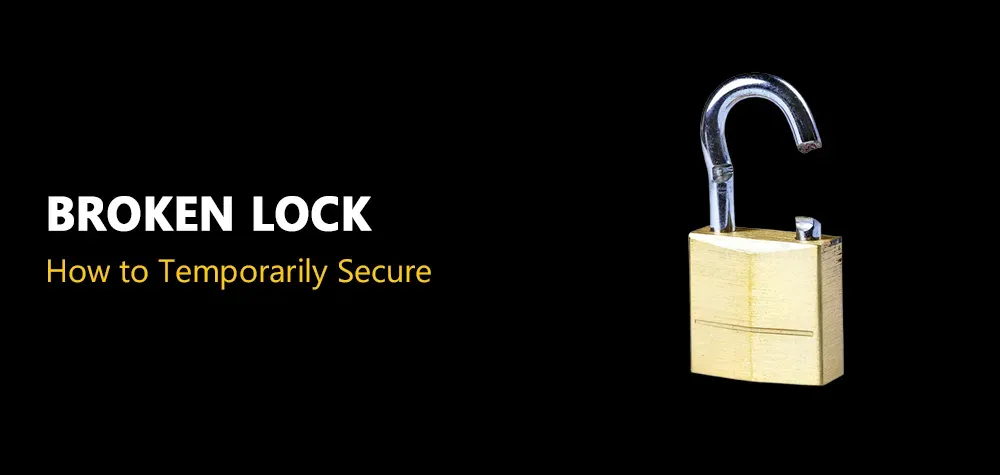
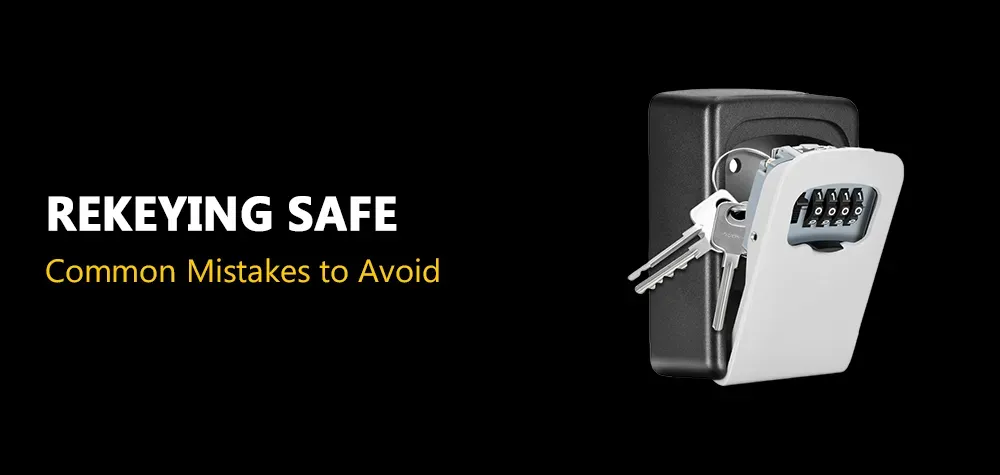

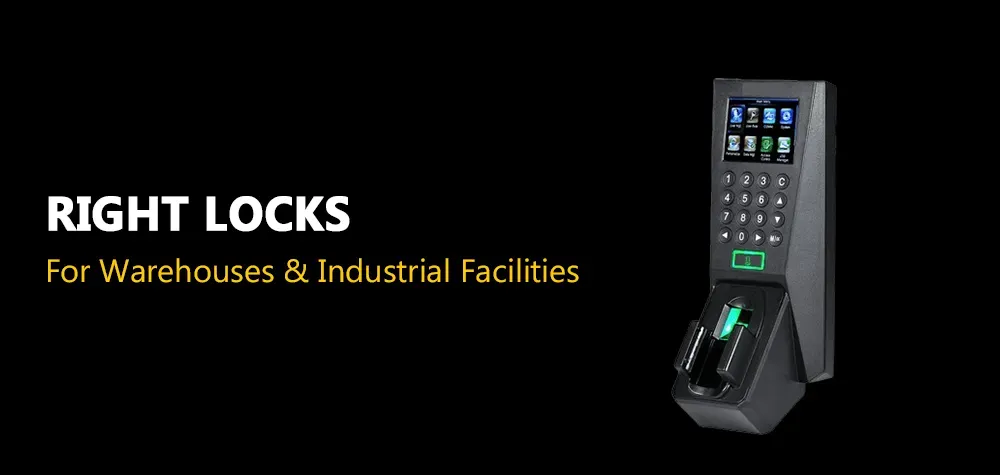
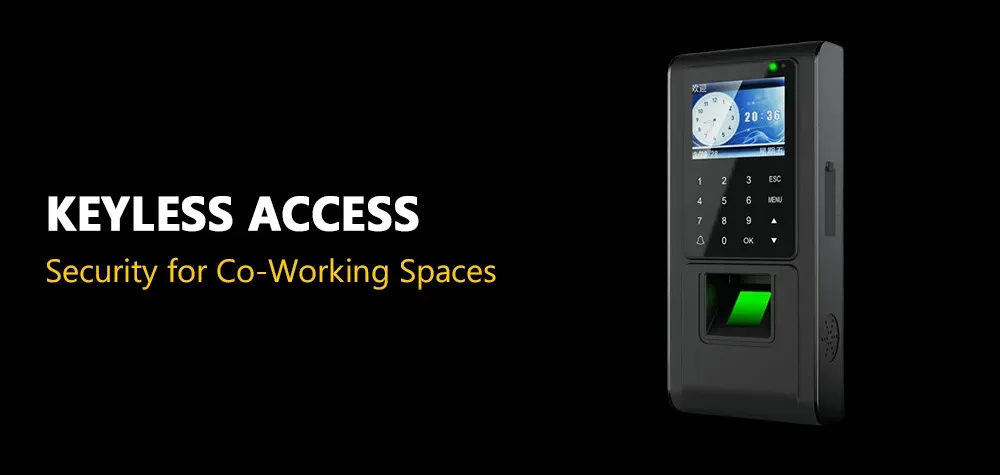
BROTHERS LOCKSMITH
All Rights Reserved | brothers-locksmith.com
Privacy Policy



